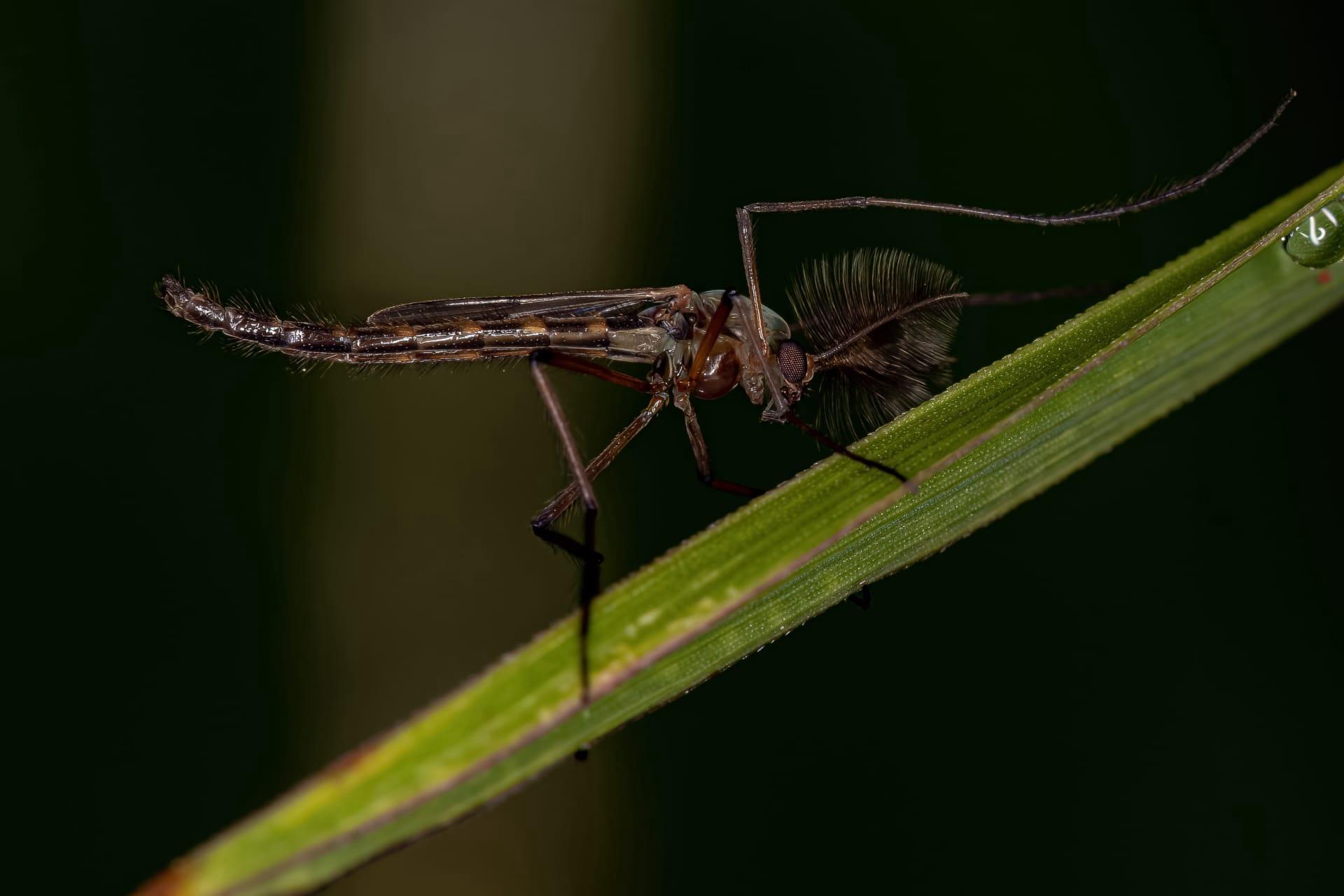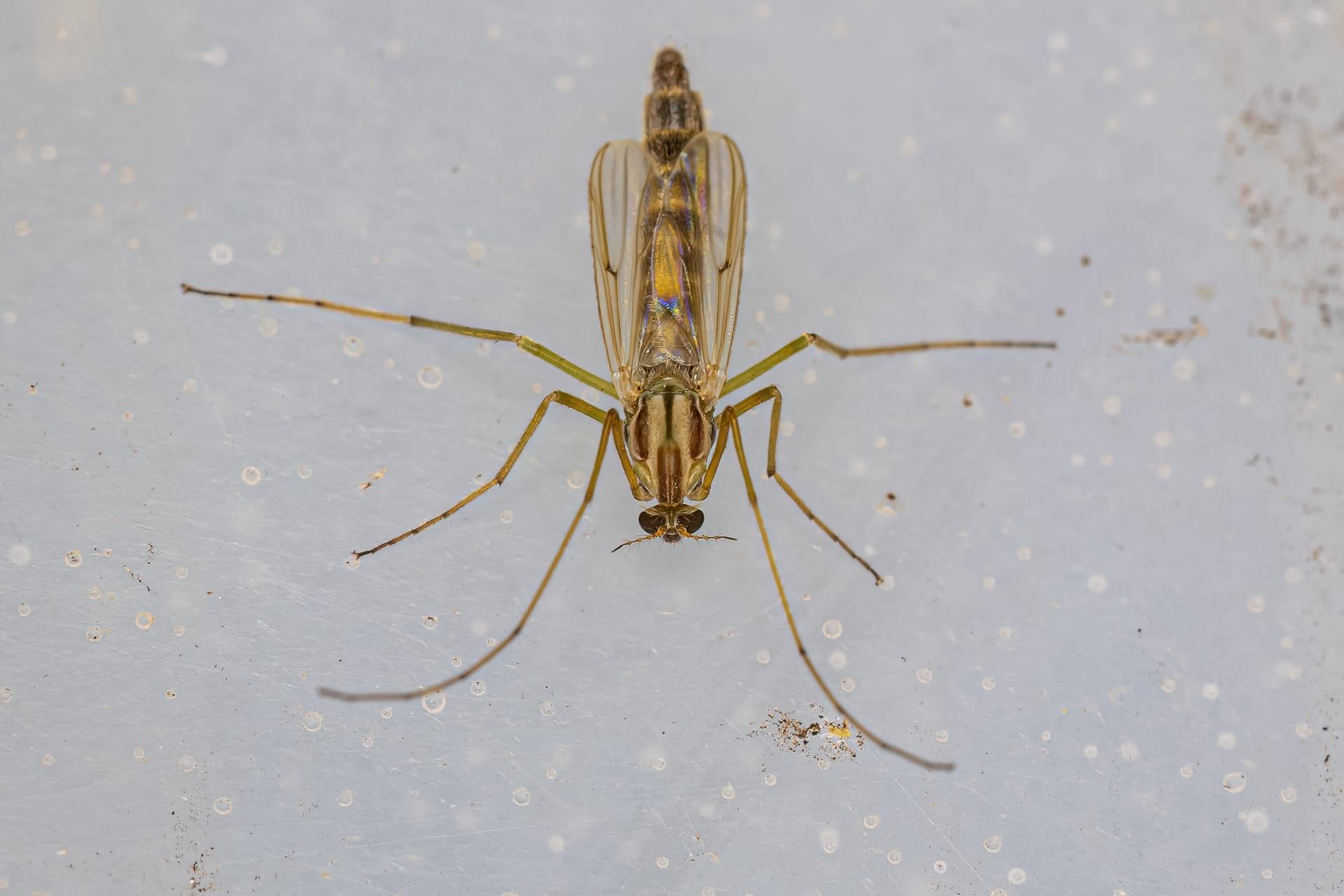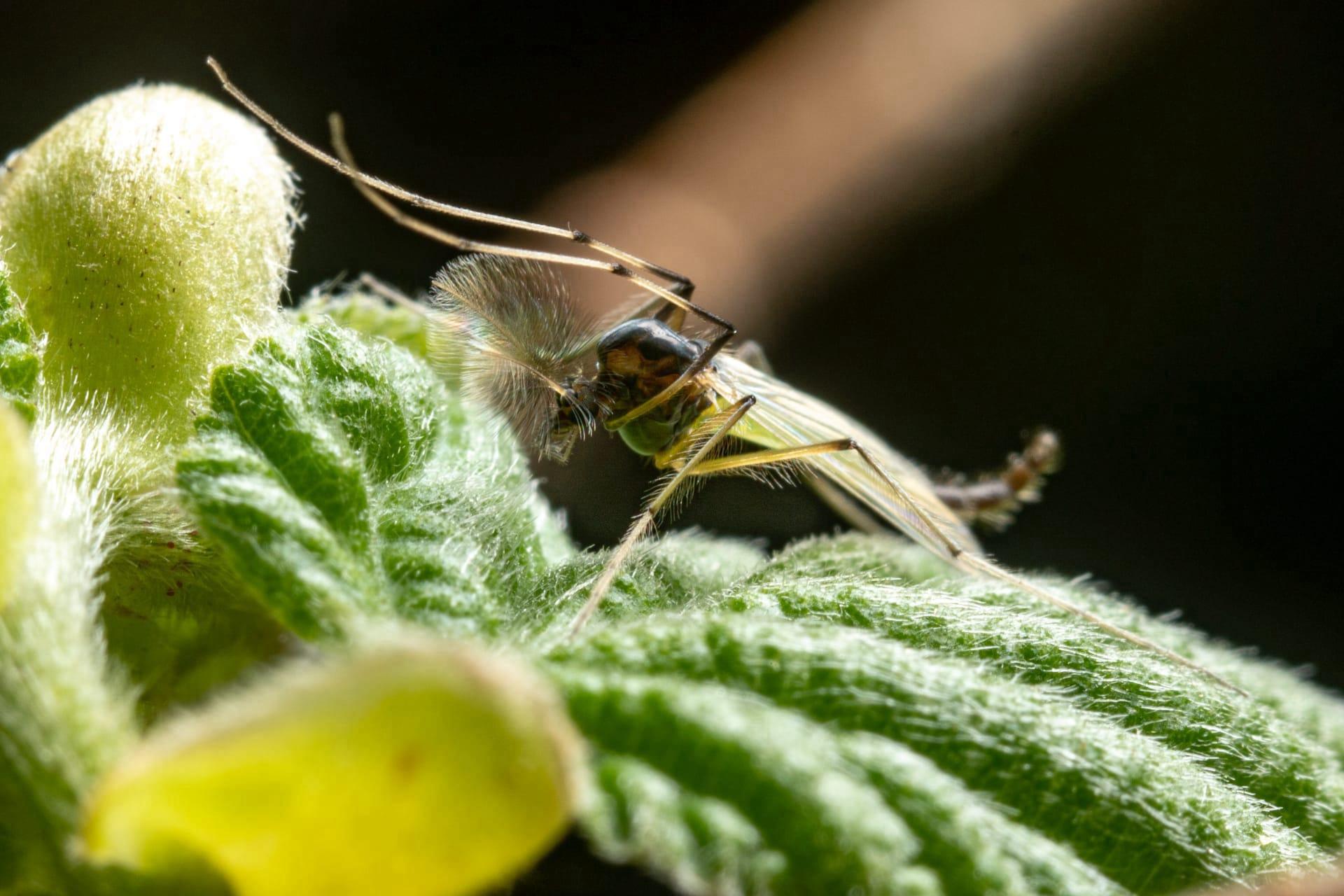Midge Fly Trivia
- Home /
- Trivia Question /
- Animal /
- Midge Fly Trivia
1
Question: How small are midge flies, and are they visible to the naked eye?
Answer: Midge flies are incredibly tiny, with adults typically measuring between 1 to 3 mm in length. Despite their small size, they are visible to the naked eye, often appearing as minute, buzzing insects, especially when they swarm in large numbers.
Question: What is the lifespan of a midge fly, and how does this vary between species?
Answer: The lifespan of midge flies can vary significantly between species. On average, they live for about 3 to 5 weeks. This duration includes all stages of their life cycle, from egg to adult. Environmental factors such as temperature and humidity can influence their lifespan, with warmer conditions often leading to a faster life cycle.

2
Question: Do all midge flies bite, and are their bites dangerous?
Answer: Contrary to popular belief, not all midge flies bite. In fact, only the females of certain species, like the notorious biting midges (Ceratopogonidae), feed on blood for reproductive purposes. Most midge fly species are harmless to humans, and their bites, though occasionally irritating, are not dangerous.
Question: Are midge flies disease carriers, similar to mosquitoes?
Answer: While some people think midge flies are as dangerous as mosquitoes in terms of disease transmission, this is generally a misconception. Most midge flies do not carry diseases harmful to humans. However, certain species, especially those in tropical regions, have been known to spread animal pathogens.

3
Question: What role do midge flies play in the ecosystem, and are they beneficial?
Answer: Midge flies play a crucial role in ecosystems. They are a significant food source for fish, birds, and other insects. Their larvae, found in various aquatic environments, help decompose organic matter, contributing to nutrient cycling. Thus, midge flies are beneficial in maintaining ecological balance.
Question: Can midge flies survive in polluted water, and what does this indicate about their environment?
Answer: Some species of midge flies, particularly their larvae, can tolerate highly polluted water, which often makes them indicators of poor water quality. Their presence in large numbers can signal environmental issues such as high levels of organic pollution or low oxygen levels in aquatic habitats.

4
Question: What do midge flies eat, and does their diet vary throughout their life stages?
Answer: Midge flies have varied diets depending on their life stage. Larvae, typically found in water, feed on organic debris, algae, and microorganisms. Adult midge flies, on the other hand, primarily consume nectar or do not feed at all, as some species have non-functional mouthparts and survive off stored energy from their larval stage.
Question: How do midge flies reproduce, and what is unique about their mating habits?
Answer: Midge flies have a unique mating process where swarms of males form aerial displays to attract females. Once a female enters the swarm, she pairs with a male, and mating occurs in flight. Females then lay eggs in water or moist soil, with some species producing up to 3000 eggs in a single laying event.

5
Question: Are midge flies active throughout the year, and what are their peak activity periods?
Answer: Midge fly activity varies with species and climate, but many are most active during warmer months. In temperate climates, their peak activity is typically in late spring and summer. However, some species in warmer regions may remain active year-round.
Question: How do midge flies impact human activities, and what methods are effective in managing them?
Answer: Midge flies can impact human activities, particularly in areas where they swarm in large numbers, causing nuisances in outdoor settings. Effective management strategies include reducing standing water to limit breeding sites, using insect repellents, and implementing environmental controls like proper water aeration in ponds to reduce larval habitats.